When a fire breaks out, it’s important to act quickly and decisively to extinguish the flames. But knowing when and how to use a fire extinguisher is just as important as having one on hand. You should various situations in which a fire extinguisher should be used, as well as tips for using it safely and effectively. By understanding when to use a fire extinguisher, you can help prevent fires from spreading and potentially save lives.
When Should You Use a Fire Extinguisher
Quick Navigation
The majority of fires begin small. You might be able to put out the flames using a fire extinguisher if the fire is contained to a single object, such as a grill or a rubbish can. Wet fire extinguishers are more preferred usually.
Knowing when and how to use your fire extinguisher is essential when you realize you just have a few seconds before the fire bursts.
Only use a fire extinguisher if all members of your household have been notified of the fire. Ascertain that you are smoke-free and that the fire is not blocking your sole escape path.
Where Would You Use A Fire Extinguisher?
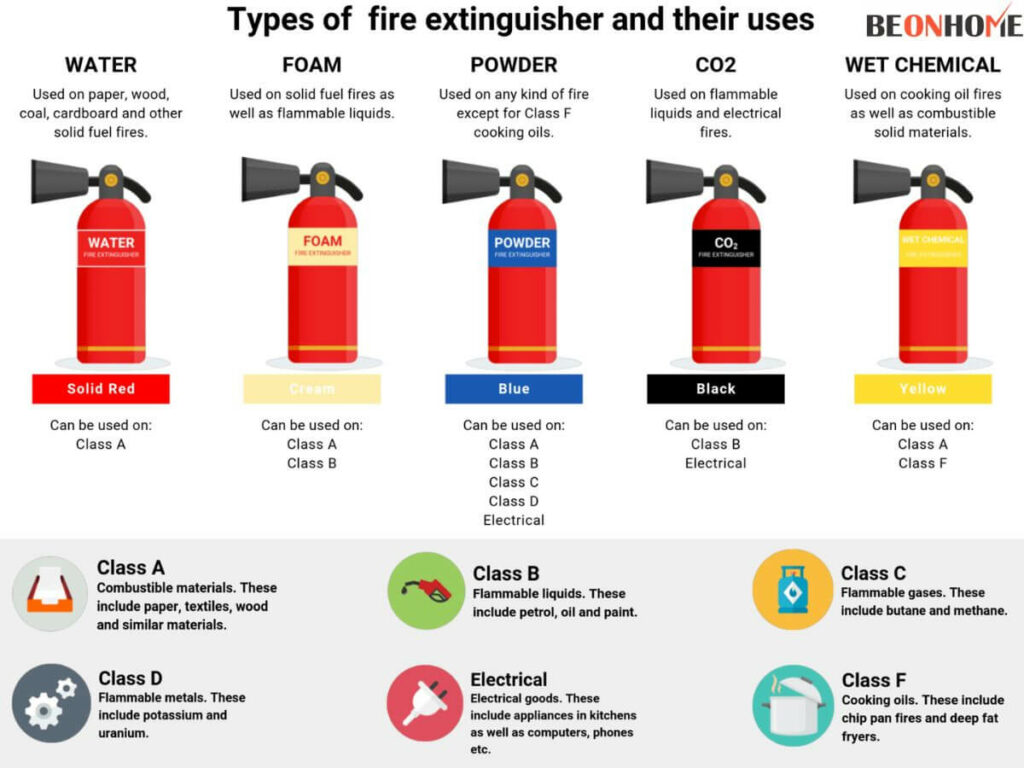
When selecting a fire extinguisher, search for one that has been tested by a third-party testing facility. Also, search for one with the letters A-B-C on it, since it may be used to put out most household fires.
Make sure the fire extinguisher you’re using is appropriate for the sort of fire you’re dealing with.
The following are the different types of fire extinguishers:
- TYPE A – Ordinary combustibles such as paper, wood, fabric, plastics, and other materials are used in Class A extinguishers.
- TYPE B — Class B extinguishers are for fires involving flammable liquids such as oil, gasoline, and other similar substances.
- TYPE C – Fires involving electrical equipment, such as tools or appliances, require Class C extinguishers.
- TYPE D – Combustible metals require Class D extinguishers. This sort of extinguisher is often found only in industries that operate with these metals.
- TYPE K – Class K extinguishers are designed to put out fires caused by flammable cooking liquids such as animal oils, vegetable oils, and fats. A commercial kitchen is most likely to have this style of extinguisher.
Make certain you understand how to use your fire extinguisher. During an emergency, you will not have time to read the instructions. Keep it somewhere easily accessible, away from anything that could prevent you from accessing it when you need it.
Remember the acronym P.A.S.S. while using a fire extinguisher. Remove the pin. Aim low and direct the nozzle of the fire extinguisher at the source of the flames.
Release the extinguishing agent by squeezing the handle.
Sweep the base of the fire from side to side until it appears to be out. Keep an eye on the fire to ensure it doesn’t rekindle. If the fire returns, repeat the procedure as needed.
The types of flames that each fire extinguisher is designed to put out are labeled on the extinguisher. The majority of domestic fire extinguishers are multifunctional and designated for use in classes A, B, and C.
Class K extinguishers are more powerful and must be purchased individually. We propose this 6-liter extinguisher because it best meets the recommendations of the Fire Department Connection.
Symbols on fire extinguisher labels show the sorts of fires the extinguisher is meant to put out. The extinguisher cannot be used to put out any of the symbols that have a circle and a red slash across them.
Home fire extinguishers are also graded according to the size of flames they can safely put out. The higher the rating, the bigger the fire the extinguisher can put out (equal to the number of gallons of water required).
- The severity of a Class A fire ranges from 1 to 40.
- The classification of Class B fires ranges from 1 to 640.
- Class C fires have no size classification.
Keep in mind that higher-rated extinguishers are typically heavier, so be sure you can easily manage the size you keep at home.
What to Do If a Fire Breaks Out?
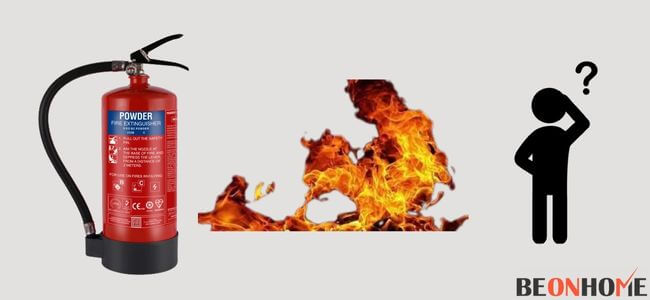
You must be able to correctly use a fire extinguisher once you have learned about the various varieties and their applications.
The best method to prepare for a fire emergency in your house is to learn the procedures below and go through them with your family regularly.
1. Determine a clear exit/escape path.
Make sure you have a clear exit path before using the fire extinguisher. You’ll need to make a safe getaway if you can’t put out the fire. When deciding where to put your fire extinguisher, keep this in mind, and make sure you have various evacuation alternatives nearby after retrieving it.
2. Take a step back
Keep your back to the clear escape you indicated previously and face the flames. As you prepare to use the fire extinguisher, keep a distance of six to eight feet from the flames.
3. Extinguisher for discharge
Because it’s tough to think clearly in an emergency, fire safety has a long-standing acronym to assist you to remember how to use your fire extinguisher. You should PASS while extinguishing a fire:
P: Pull the fire extinguishers pin.
A: Aim the hose’s extinguisher nozzle low, toward the fire’s base.
S: To discharge the extinguisher, squeeze the handle or lever.
S: Sweep back and forth the nozzle. Move the fire extinguisher from side to side until the flames die out, keeping it directed towards the fire’s foundation.
4. Keep an eye on the situation
Continue to monitor the fire area after the flames appear to be extinguished to ensure it does not rekindle. If the fire resurfaces, repeat the PASS procedure.
5. Contact the local fire department
If you didn’t get a chance to phone the fire department before using the fire extinguisher, now is the time to do so. They’ll be able to investigate the fire’s location and ensure that it’s put out.
6. Find a secure location.
Leave the scene once the fire has been extinguished, or if you are unable to do so, and seek refuge away from the flames.
Should You Have A Fire Extinguisher At Home?
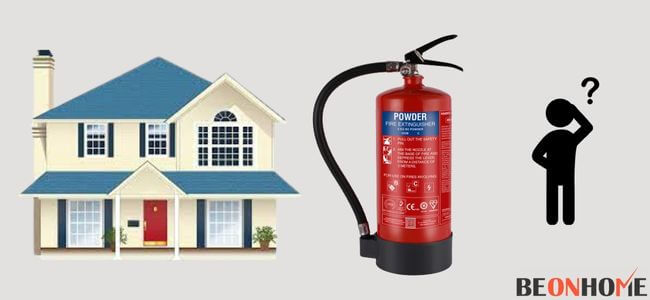
The answer to this is yes. Yes, we must have a fire extinguisher at home as it is an important safety measure against fire. It’s not that cheap but will provide a lot of help in slowing down a fire before any help arrives eventually preventing it from spreading.
Frequent fire extinguisher blunders
We don’t have many opportunities to practice fighting fires, so it’s all too simple to make basic errors when the time comes. Understand where the majority of people go wrong so you may avoid making poor decisions while you’re in a hurry.
1. Don’t forget to follow the instructions:
Read the operating instructions that come with your fire extinguisher very carefully. Make sure that everyone in your household can read and comprehend the instructions.
When you practice fire drills and go over your evacuation plan, go through them again.
2. Use the right kind of fire extinguisher:
Never use a fire extinguisher to put out a fire that isn’t labeled as such. Extinguishers designed for Class A flames, for example, cannot be used to put out electrical or grease fires.
Using an extinguisher designed for Class B and C flames on a Class A fire, on the other hand, is totally safe.
While Class K flames are technically a subset of Class B fires, extra components in Class B extinguishers may intensify Class K fires, necessitating the use of a separate extinguisher for cooking fires.
3. Keep your fire extinguisher in good working order:
The extinguishing chemical in fire extinguishers has an expiration date beyond which it is no longer effective. Keep track of the expiration dates on your fire extinguishers and replace them as necessary.
4. Don’t forget about exits:
When deciding where to put your fire extinguisher, make sure it’s close to outdoor doors and easily accessible. Also, think about the most typical spots in your home where fires start and arrange your extinguishers accordingly.
5. Don’t keep it a secret:
Make sure everyone in your house understands where the fire extinguishers are stored. Babysitters, house sitters, and other long-term visitors should be informed of the location as well as your whole fire escape strategy.
6. Don’t forget to maintain your fire extinguisher:
The pressure needle on the extinguisher should always point to the green zone. It doesn’t have enough pressure to discharge the extinguishing chemical when it reaches the red zone. Even if the extinguisher is never used, this can happen.
Adding pressure (also known as “recharging”) restores the extinguisher’s functionality, although this is not a do-it-yourself project.
The fire extinguisher should be recharged by a professional fire service provider. OSHA mandates that workplace portable fire extinguishers be refilled or checked every six years. 1 Homeowner can stick to the same schedule. Do regular inspections to avoid these situations.
Final Talk
Being prepared is the greatest method to keep your house and family safe in the case of a fire. Remind yourself how to use a fire extinguisher and where each one is located in your home regularly. When you’re faced with the stress of a real fire in your house, a little advanced practice can make all the difference.

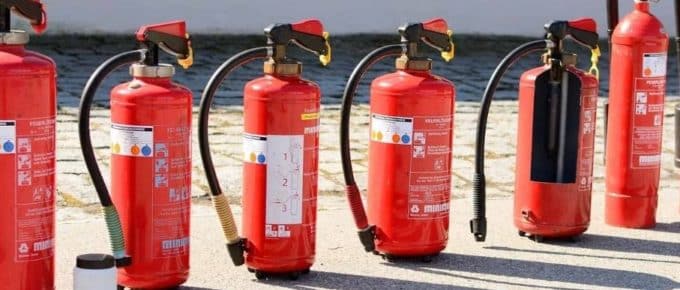
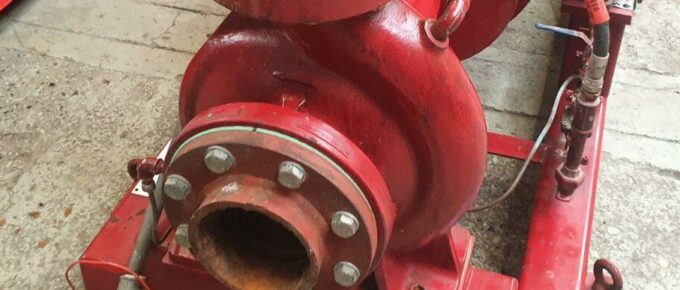
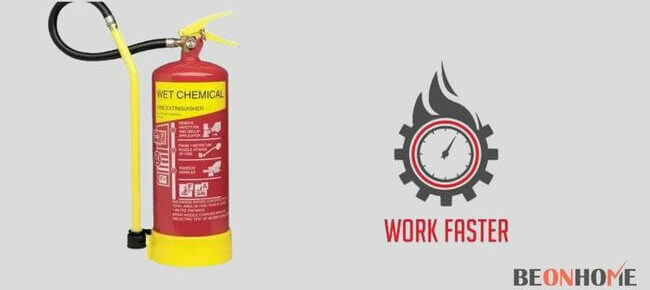
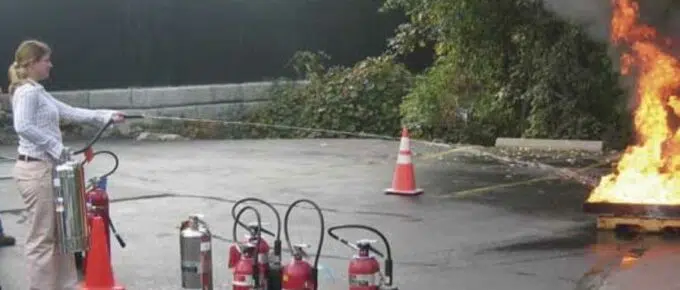

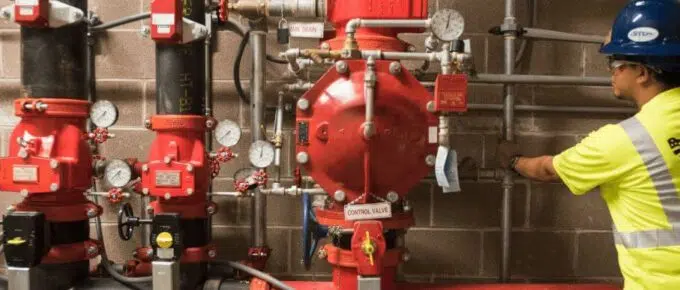
Leave a Reply